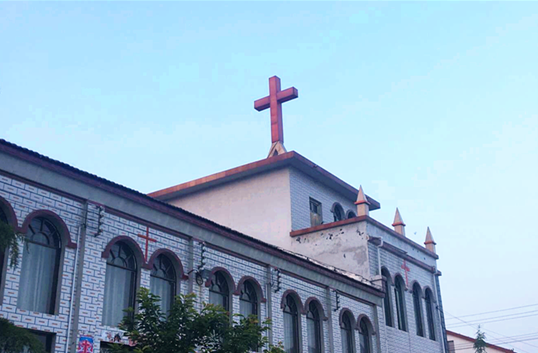Editor's note: When it comes to Spring Festival, the Chinese Lunar New Year, hundreds of millions of Chinese people flock to their hometowns from the city, forming a large population movement. During the period, a pendulum phenomenon emerges in rural and urban churches - urban churches empty while rural churches are crowded; after the festival, Christians in their hometowns flood back to cities. With urbanization, the phenomenon that lasts for the past decade will at least continue to exist in the next five years. A Christian from Jiangsu shares his viewpoint about the phenomenon.
In the days approaching Spring Festival, I went to the city where my older sister lives for the first time. On February 4, 2018, the first Sunday of the month, she urged me to leave as soon as possible because the church we would drive to would be filled with people attending the communion service. Unexpectedly, we found that many seats were empty in the church even though we arrived late.
After the service, I was surprised to discover that several urban churches were empty through the pictures my Christian friends shared on WeChat, a popular social media platform in China. But rural churches were full of people.
The reason must be that the majority of migrant workers returned to their hometowns, including a large quantity of Christians.
It reminded me of the desolation of rural churches and the revival of urban churches.
The church in the countryside does decline, whereas urban churches fail to greet real revival. The seeming revival of urban Christians results in the entry of the rural population into the city. As a matter of fact, there may not necessarily be many new converts in the city.
Secondly, it remains confusing for migrant workers to recognize their identity in churches. Urban churches nurture the "migrant" Christians most of the year, taking for granted that they should give tithes and offerings to churches in the city. But their rural churches that are always financially disadvantaged may wait to receive their large offerings during the Lunar New Year festival. Which one should they choose? Which church do they belong to?
Taking administrative costs into account, some churches don't regard mobile Christians as their long-term sheep but emphasizes commitment for their workers. However, there is much tension in commitment. Let's take an extreme example. A man in my hometown's church only supports his family that has two daughters by farming. He joined a church ministry then wanted to work in a city because of the low income. But the church never allowed him to leave the ministry and threatened him with curses like a preacher who left his ministry would receive the punishment of a ruined family.
Therefore, most local church workers live poor lives in rural areas, while rich Christians work away from home almost all year round. Over time, rural churches don't exert a good influence in the locality.
The same is true of urban churches. Many urban Christians bound by church ministries have little time and freedom, losing vitality in the prime of their life.
Next, it is almost common sense that crowded urban churches have little compact in their cities. Migrant workers form a group, incapable of integrating into local life. In this way does the church becomes divided. Some church care for them, but with hierarchical differences.
As a consequence of indifference from urban churches and the incapability of rural churches, migrant workers are like duckweed without root.
Urban churches should see that the urbanization trend leads to their superficial revival and seize the opportunity to continue their development.
- Translated by Karen Luo
















